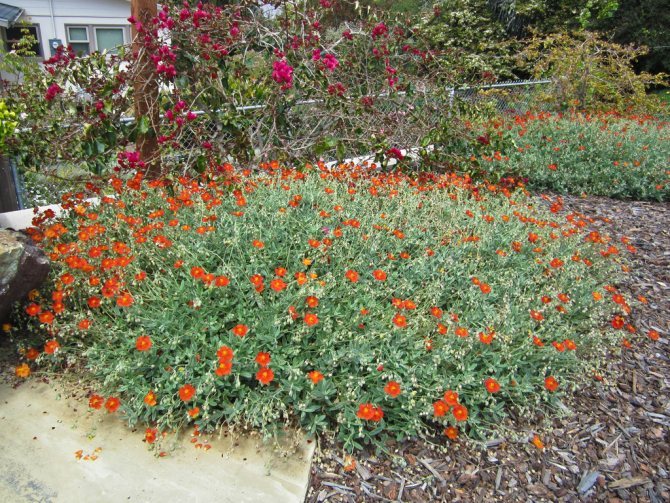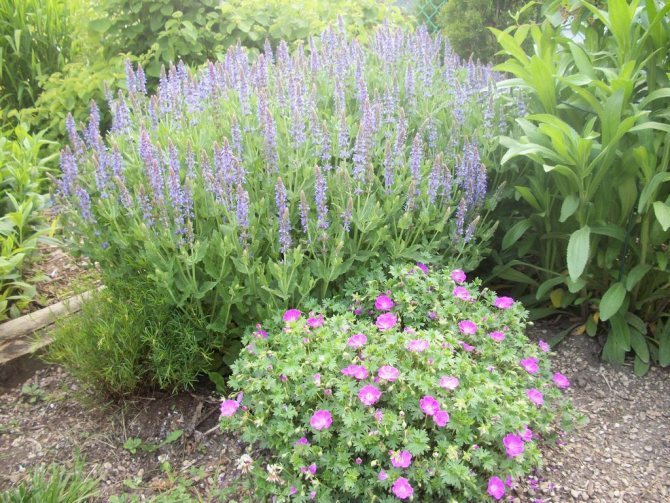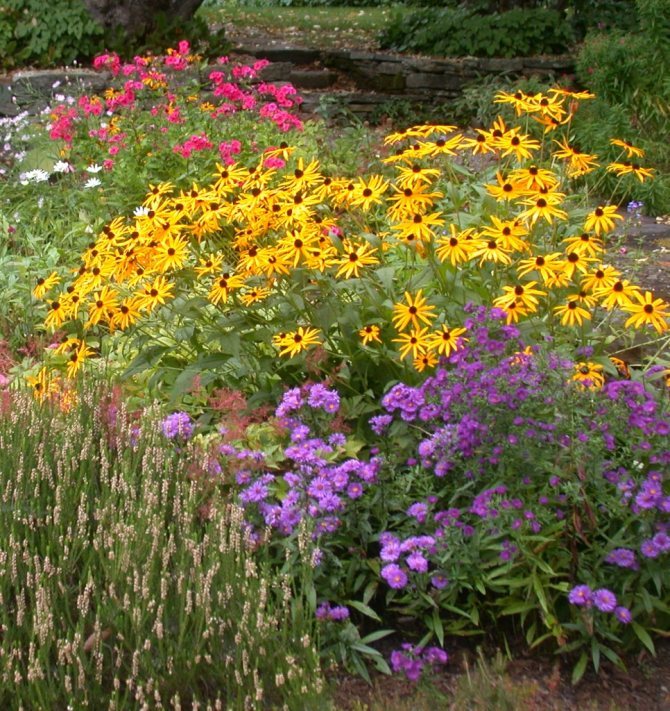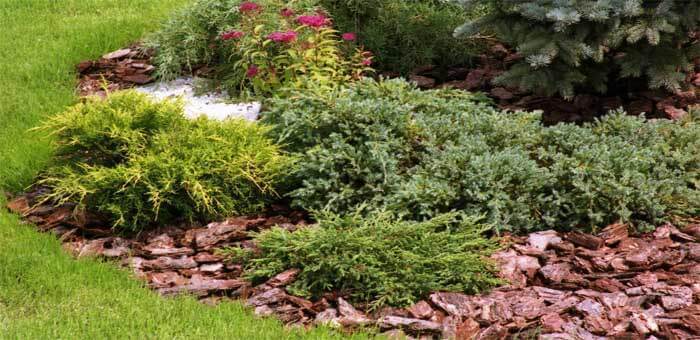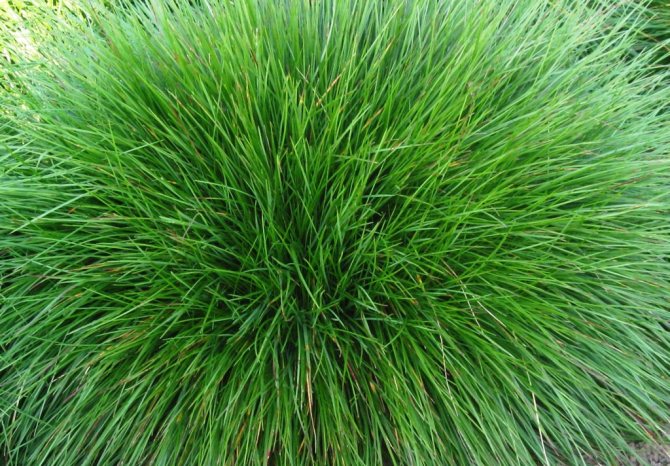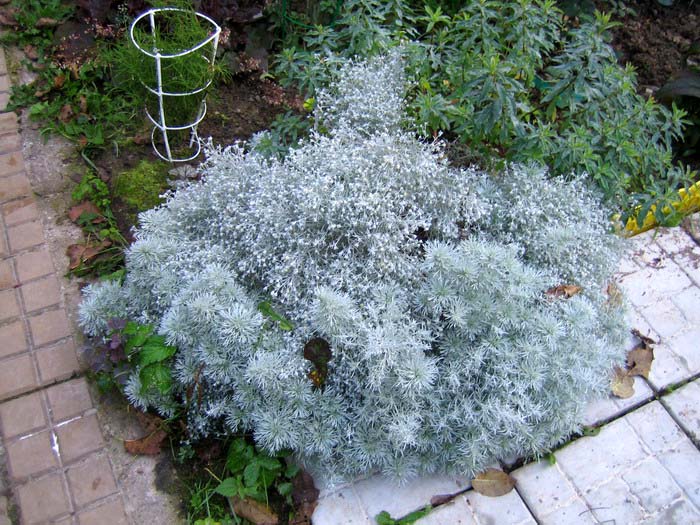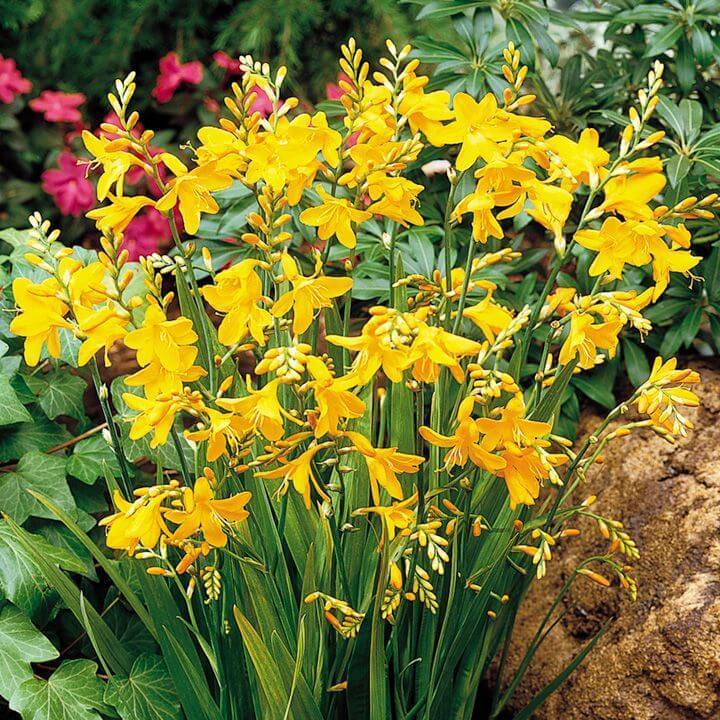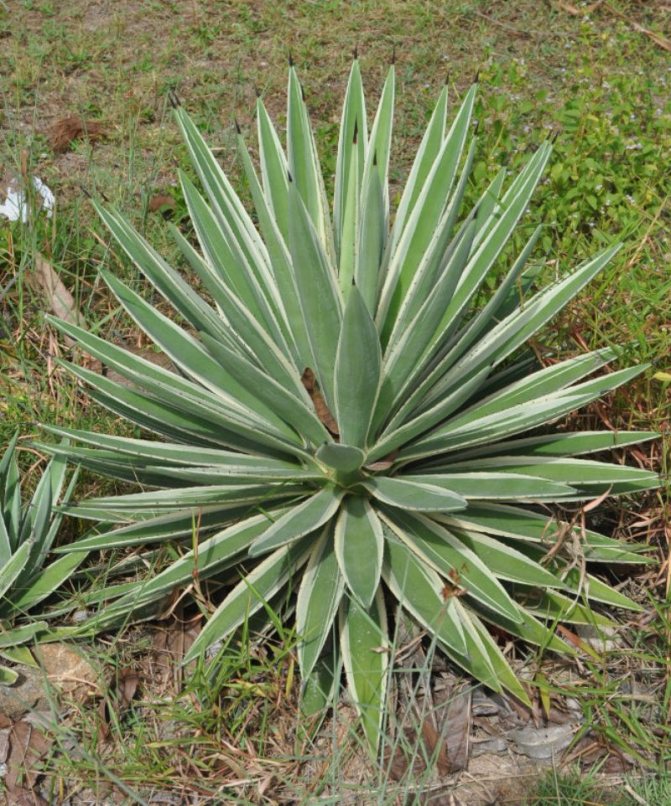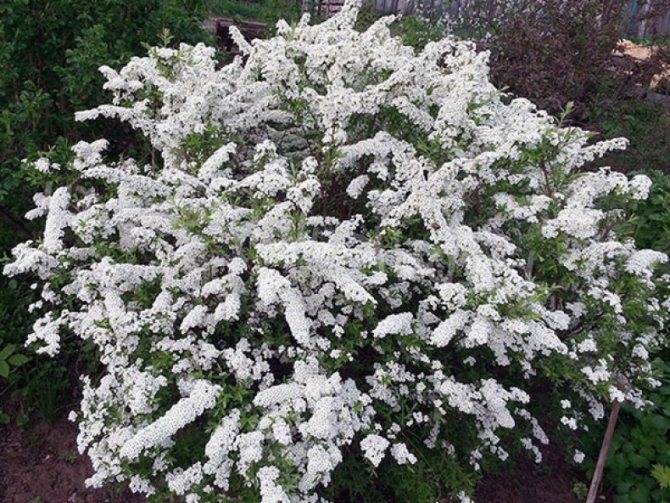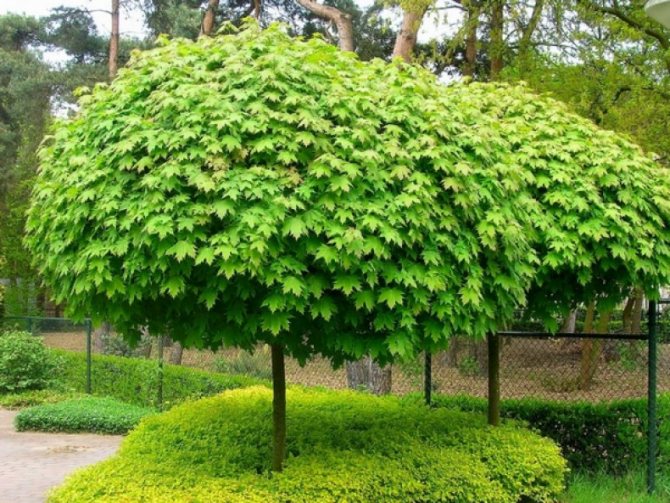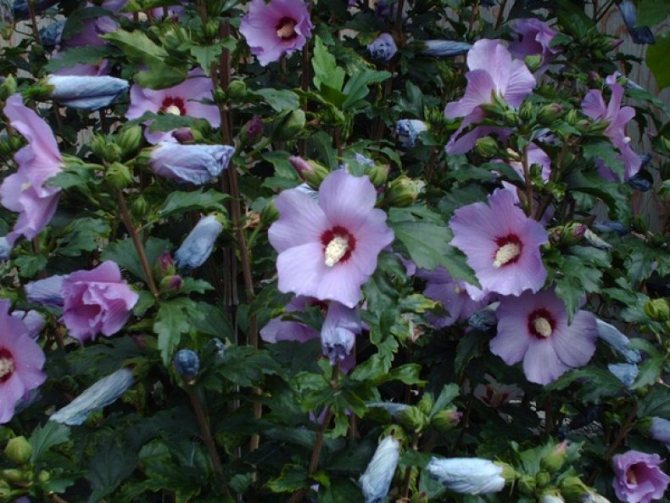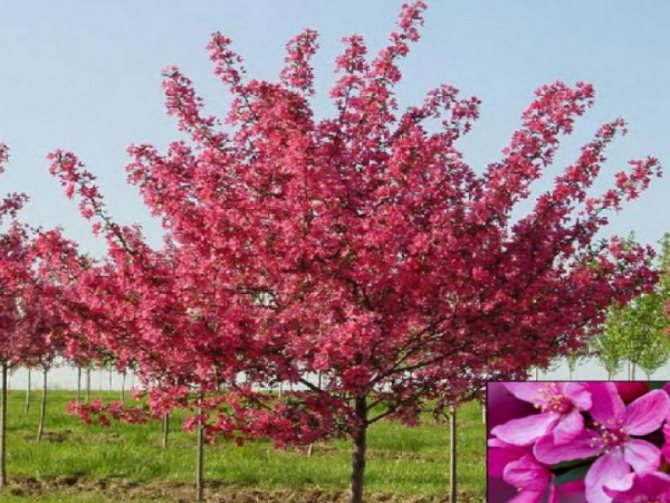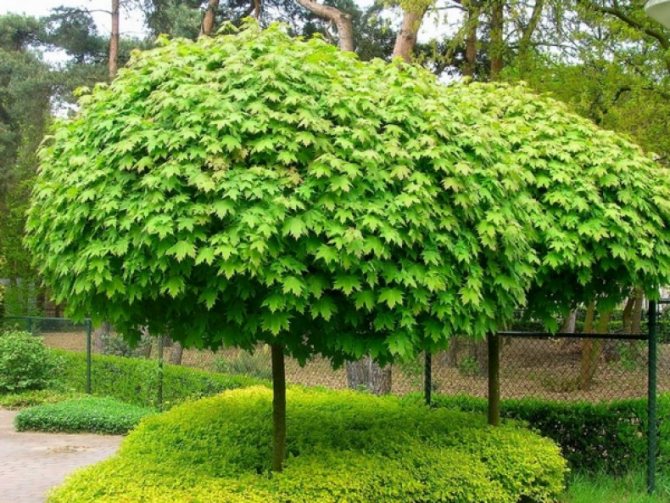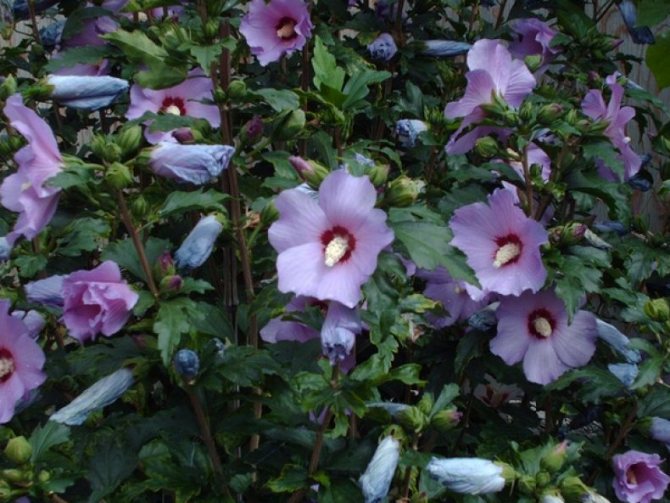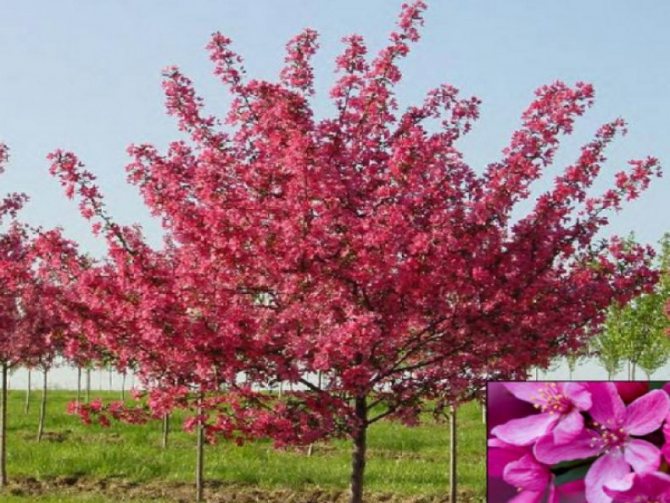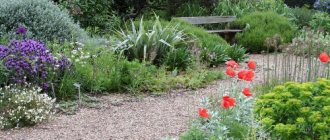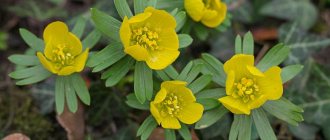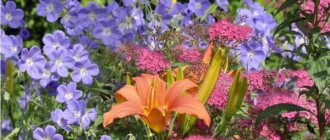Growing plants
Anastasia Zemlyanichko 07/22/2018 no comments
1
(17 estimates, average: 4,26 out of 5)
If a garden plot for a lawn is located under the scorching rays of the sun, this does not mean at all that only cacti can be grown on it. With climate change, summers are getting hotter, there are practically no rains, and drought-resistant plants are becoming more and more popular with gardeners. The leaves of dry-loving plants are usually waxy, small, needle-like, pale green or silvery. If the plant has withstood the first dry season, it means that in the future it will feel comfortable in such conditions. Let's look at examples the most heat-resistant plants for the garden.
Drought-resistant plants for flower beds in the sun
While water is critical to growing healthy plants, there are many varieties of flowers that can withstand occasional drought and don't need regular watering. They can be used both in mono-plantings and combined to create different compositions.
- Salvia perennial... This plant has more than 9000 species, which include medicinal sage. You should choose a drought-resistant species recommended for planting on the sunny side. Salvia is planted in sandy, well-drained soil. It propagates by seeds, cuttings, blooms all summer. Flowers, depending on the variety, from purple-red to purple. Height - about 1 m.
- Rudbeckia... This plant is great for growing in the sun. The flowers look like an ordinary large chamomile, only bright orange in color with a dark core. Rudbeckia bloom until the first frost. They are not picky about leaving. They spread very quickly throughout the lawn, multiply by seeds and dividing the bush.
- Chamomile garden... There are many varieties of this type of plant, differing in the size of the bush and flowers. The drier the place in which the flowerbed is broken, the smaller it is necessary to choose chamomile flowers for cultivation. The plant propagates by dividing the bush, it takes root very well in a new place.
- Cornflower mountain... Everyone knows a meadow flower. Very willingly lives in a garden in the area open to the sun. Mountain cornflower is quite large, flowers 5-7 cm in diameter, blooms almost all season. When some flowers fade, new ones grow. It can multiply by dividing the bush, but it is easier to plant a new plant with seeds.
- Yucca... A plant native to the subtropics, it has taken root well in Russia and has long ceased to be exotic. Evergreen, large, with sharp leaves, it will adorn any lawn. It requires a lot of space, as it grows up to 1.5 m in diameter. In the middle, it releases one long, candle-shaped peduncle with many small white flowers. Yucca blooms in the third year after planting. It is necessary to plant in a sunny, well-ventilated place. It propagates by releasing daughter shoots, which, after rooting, are carefully separated from the mother plant and planted. For the winter in the middle lane, the yucca must be covered.
- Phlox. Bright multi-colored perennials will decorate any flower bed. A very unpretentious plant, it feels great on poor stony soils, in dry times it does not require additional watering.Bloom without stopping the whole season with a large number of small multi-colored flowers. They can cross over and create new shades. Propagated by cuttings and seeds.
- Knifofia... In Russia, few people are still familiar with this exotic plant - a native of South Africa. A plant with long narrow leaves throws out large peduncles in the middle, at the ends of which bright orange flowers of an unusual shape are formed. Flowering continues throughout the season. Propagated by dividing the roots with a separate bud. The plant is very fond of the sun, tolerates a long lack of moisture.
What flowers are not afraid of drought
You don’t have the time and opportunity to provide the flower beds with timely watering? Do the flowers wither and dry in the sun? The correct selection of drought-resistant plants that will not lose their appearance and will remain fresh even during a dry period will help to solve the problem. These plants came to us from deserts or semi-deserts. Thanks to the special structure of leaves, stems and roots, they are adapted to high temperatures and drought.
If you are not sure if a plant is adapted to life in arid environment, look at its leaves. If they are "velvety" or "waxy", it can be argued that the culture is adapted to the sun and will forgive you the occasional watering.
When sunlight is constantly acting on the flower bed, you can decorate it with cheerful flowers. Drought-resistant plants, which are perennial and annual, will help you in this matter. Drought-resistant grasses and shrubs are distinguished separately.
Drought tolerant perennials:
- periwinkle;
- coreopsis;
- edelweiss;
- creeping phlox;
- stonecrop;
- evening primrose;
- sage;
- thrift;
- feverweed;
- splinter;
- lavender;
- sagebrush;
- thyme;
- poppies;
- mallow.
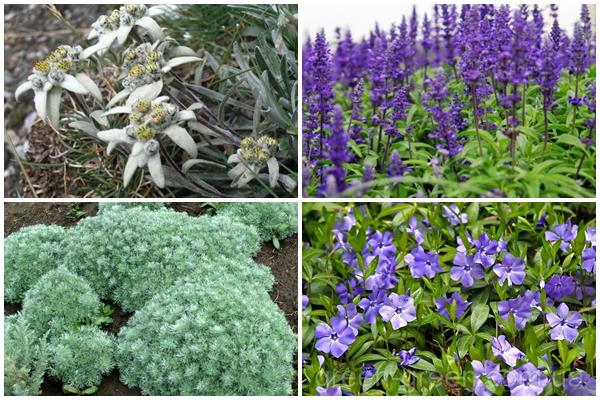
Drought tolerant annuals:
- annual asters;
- spurge;
- purslane;
- nasturtium;
- amaranth;
- Snapdragon;
- marigold;
- zinnias.
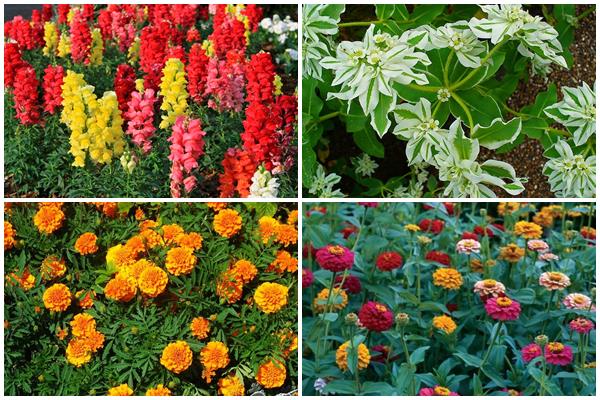

Drought tolerant grasses and shrubs:
- gray fescue;
- horizontal cotoneaster;
- juniper Cossack and ordinary.
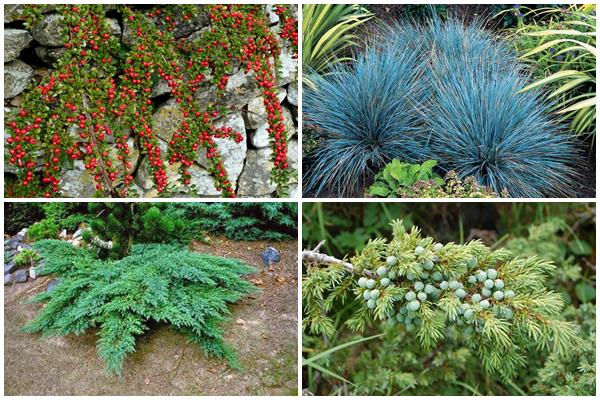

Drought tolerant grasses and shrubs
Gallery: drought-resistant plants for the garden (25 photos)
And a little about secrets ...
Have you ever experienced unbearable joint pain? And you know firsthand what it is:
- inability to move easily and comfortably;
- discomfort when going up and down stairs;
- unpleasant crunching, clicking not on their own;
- pain during or after exercise;
- joint inflammation and swelling;
- unreasonable and sometimes unbearable aching pain in the joints ...
Now answer the question: does this suit you? How can you endure such pain? And how much money have you already "poured" on ineffective treatment? That's right - it's time to end it! Do you agree? That is why we decided to publish an exclusive interview with Professor Dikul, in which he revealed the secrets of getting rid of joint pain, arthritis and arthrosis.
Attention, only TODAY!
Then I realized how strong flowers are
They are like tenderness, like love, like children -
Stronger than evil, stronger than anything else,
Stronger than death and stronger than war.
Kirimize Janet
Flowers are a decoration of the yard, but they require a thoughtful approach from the grower both to the location of the flower beds and to the combination of plants. In many cases, due to weather conditions, there is not enough moisture, and we, who are always busy and in a hurry, do not have the opportunity to water the flower beds a sufficient number of times. Not every plant is able to fully survive in such extreme conditions. And there is a way out, and this way out is drought-resistant plants.
Drought-resistant flowers, grasses and ornamental shrubs thrive even on soils with a minimum moisture content and are not at all happy with the soil saturated with moisture. With an excess of moisture, drought-resistant plants can get sick or even die.
Of course, the drainage of the site can come to the rescue. This business is troublesome and costly, but without it - nothing. Drainage is a topic for a separate article.
Heat resistant shrubs
If the planting site is on the south side and is exposed to direct sunlight throughout the day, it is necessary to choose shrubs that are not moisture-loving. In fact, there are a lot of such types of shrubs. When choosing, it must be borne in mind that not all of them can withstand frosts without shelter.
Shrubs for the sunny side of the garden:
- Barberry originally from South Asia, you rarely find it in garden plots, although this evergreen shrub is very unpretentious, looks beautiful as a fence. The leaves are sharp and small, with thorns on the branches. Fruits are red, elongated, very sour. Berries can be eaten; in dried form, they are often added to pilaf. The shrub withstands frost well and loves the sun.
- Boxwood evergreen... This shrub looks great on lawns thanks to its small dark green glossy leaves that do not change even in winter. Suitable for landscape design, by cropping, you can easily achieve the desired shape. It is frost-resistant, easily reproduces by division. Prefers the sunny side, does not need additional watering.
- Shrub hibiscus... This plant is known as the Chinese rose. Bushes grow up to 2 m, flowers are similar to mallow. The whole bush is simply strewn with flowers that bloom at different times. Flowering in warm regions lasts up to six months. Feels good in direct sunlight and does not tolerate shade. For the winter, during frosts, it needs to be covered. The shrub propagates by cuttings, dividing the bush and layering.
- Forsythia Is the first shrub to bloom in courtyards every spring with bright yellow flowers. In autumn, this plant will delight you with its crimson leaves. A very unpretentious plant, it only requires planting on the sunny side. It grows without shelter for the winter only in the Southern region, does not tolerate frost. Propagated best by rooting cuttings.
- Chubushnik... Many people confuse it with jasmine because of the similar white flowers with a very bright aroma. It blooms in spring, around May. It is planted in areas open to the sun. Chubushnik tolerates frosty winters well, reproduces vegetatively and by seeds.
Sand carnation
The very name of this plant already speaks of a suitable type of soil for its cultivation. Dense, beautiful tussocks form a carpet of thin leaves, over which numerous white flowers with fringed edges bloom on peduncles (up to 30 cm long).
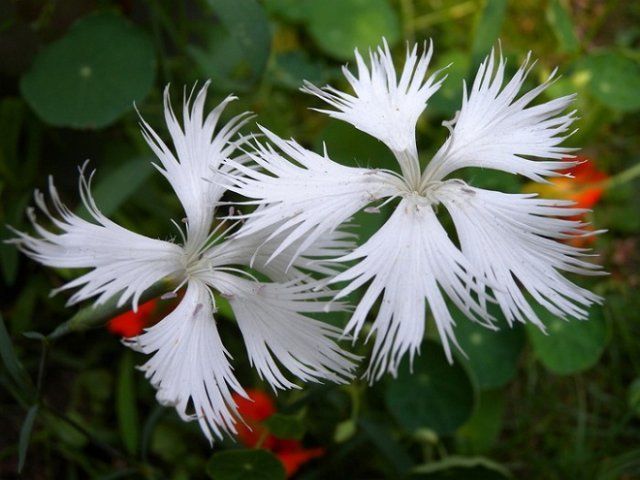

There are forms with pale pink flowers, as well as varieties with a colored center. During flowering, which occurs in June-July, flowers can form an almost continuous white carpet covering the leaves.
Carnation of sand carnation consists in the timely removal of weeds, regular watering and feeding, especially during the flowering period. Sand carnation does not tolerate waterlogging, but it also reacts poorly to prolonged drought. It usually grows in one place for about 3 years, after which it requires replacement. Propagated mainly by seeds.
Plant these plants in your flower garden on sandy soil - and you will have a beautiful garden without any extra hassle!
a source
Undersized ornamental trees
On sandy stony soils on the south side, low-growing ornamental trees are planted that do not require much watering, and they do not shade the place with their crown.
Among undersized ornamental trees are especially popular the following:
- Bagryanik... This very beautiful little tree is used to decorate the garden. It got its name from the unusual shade of the leaves in the spring, when the whole tree turns crimson. As it grows, the leaves change color several times until they turn green.In autumn, the color changes again from yellow to dark red. Plant the plant on the south side in a well-ventilated place.
- Juniper... An evergreen tree with soft needles at home does not grow tall when pruned. Very easily tolerates heat, undemanding to watering. Looks great in gardening and landscaping.
- Hawthorn... This type of plant differs from the wild one in its beautiful bright flowers, similar to roses, large in size (about the size of a ranetka), and very tasty berries. The tree grows no more than 2 m in height, does not require special care, tolerates drought and direct sunlight well.
- Rowan ornamental... Unlike its wild relative, it has larger leaves, very beautiful flowers and large sweet berries without bitterness. It is good to plant on the south side, as it does not shade the area, grows into a small neat tree, is drought-resistant.
- Japanese quince... An Asian native loves rocky, sandy, well-drained soil, grows without shelter from frost in the southern regions. It blooms with very beautiful large flowers with a fragrant aroma, on which tart fruits are tied. They turn bright yellow and sweet in late autumn, but remain tart and very hard.
Lobularia sea
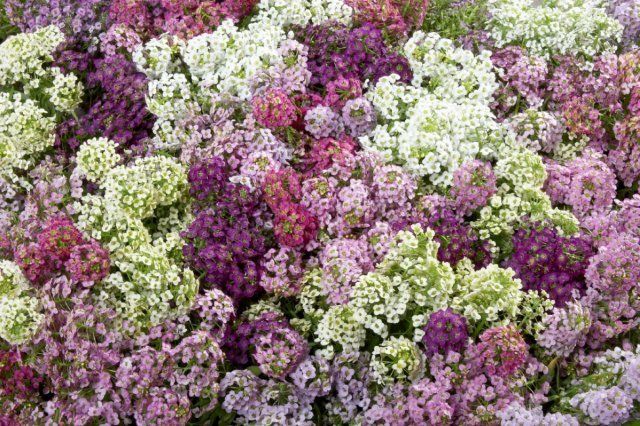

The sea lobularia, also known as the seaside lawn, in its homeland in the Mediterranean, blooms all year round. In a temperate European climate, such a luxury is, of course, impermissible. Nevertheless, the flowering of the lobularia remains long - from June to the very frost.
This plant forms lush bushes up to 30 cm high, abundantly covered with inflorescence caps.
Our help!
There are a large number of varieties of sea lobularia: Snow Princess with snow-white flowers, Easter Bonnet with dark pink flowers, Blushing Princess with purple flowers, etc.
Water saving tips for the garden
Although drought-resistant plants are planted in hot climates, they still need at least a small amount of liquid. To retain moisture in the soil and conserve water, it is necessary to dig up the soil with compost or rotted manure every spring. To prevent moisture from evaporating in summer, the ground around the plants should be well mulched with gravel, pebbles, and a sliver of bark. In the rain, you can collect water in containers for further watering the plants, remove weeds in time so that they do not take valuable moisture, water the plants in the early morning so that the liquid does not have time to evaporate under the scorching sun. In such conditions, the plants will delight with their flowering all season.
1
(17 estimates, average: 4,26 out of 5)
Back to
Grafting and budding of fruit trees
YET
How to understand if flowers are suffering from heat
Every experienced gardener knows where there are shady corners on his site, and where the sun reigns all day. As a rule, these are places in front of the porch, along the entrance path, on the lawn or next to the entrance group. They are lit most of the day, have no artificial or natural shading, and are poorly supplied with water.
Read also: Planting gladioli in open ground - time, timing and step-by-step instructions
Most plants, finding themselves in such conditions, quickly begin to dry, lose their decorative effect, become smaller, and then die. Some of them have time to bloom, but the buds are small and fade faster than expected. Only primroses develop well in such areas, since in spring the earth is still saturated with moisture, and the abundance of light stimulates the rapid growth of plants.
So, if more than half of the seedlings die on your flowerbed, the rest dry, wither and develop poorly, then there is too much sun here. Sunburns on leaves and inflorescences are quite easy to confuse with numerous fungal and bacterial diseases, so first exclude this possibility.If the plants are healthy, no soil pests were found, and the flower garden looks very sad, then something needs to be changed.
Perennials for planting in autumn
September is a good time to plant crocuses, scilla, muscari, pushkinia, hyacinths, daffodils and tulips. These plants are used for forcing, so some of the bulbs can be placed in containers and stored indoors until December, and then displayed on the windowsill. In autumn, hosta, perennial asters, chrysanthemums, daisy, astilba are transplanted and divided.
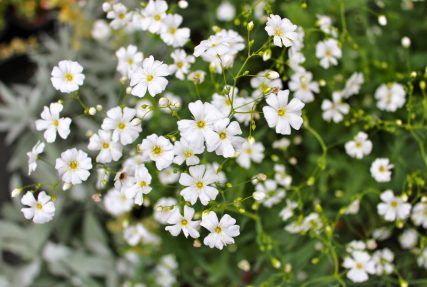

Choosing a place for a flower garden
Drought-tolerant plants will feel comfortable in poor soils, however the lack of outflow of moisture is destructive for them... Areas that do not have an irrigation system or lose moisture very quickly are ideal for creating a flower bed, mixborder or bedding using drought-resistant plants.
Particular attention should be paid to areas located near fences made of stone or concrete, close to steps, paved paths, various buildings.
When choosing a place for a flower garden, the illumination of the site is also taken into account, since some appreciate sunny places, while others prefer to grow in the shade.
The unique scent of blooming lavender
An excellent setting for a bright sunny flower bed will create lavender (Lavandula) - not only an ornamental, but also a medicinal aromatic plant. Those who have managed to see lavender at its peak will never be able to refuse its attractive fresh scent and delicate purple flowers. Blooming lavender is a stunning sight, especially if it is planted over a large area. This small perennial is always ready to cover the ridges and curbs. Evergreen lavender is a bush with narrow leaves that have a delicate silvery shade. Its inflorescence is spike-shaped.


Butterflies with bees are very fond of the aroma emitted by the lavender-honey plant. The plant is unpretentious, it is drought-resistant and its cultivation in regions with warm and long summers is not particularly difficult.
Lavender flowers can be not only lilac (from pale lilac to deep purple), but also pink, blue and even white. The violet variety of lavender is often combined with bright “sun lovers” of positive yellow or orange coloring. If lavender serves as a frame for the composition, for example, purple echinacea looks wonderful in it. The flowering time depends on the type of lavender. Some varieties bloom from May to July. At the end of summer, they may begin the second phase of flowering. Usually the plant does not live longer than ten years, so a replacement should be prepared in advance.


The Latin word "lava" means "to wash". The plant got its name for its antiseptic and hygienic properties. Even in ancient Rome, lavender was used for washing, cleaning and washing



